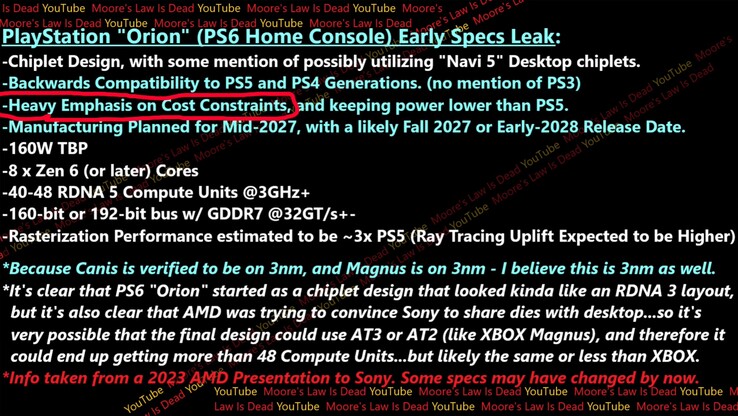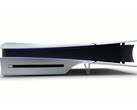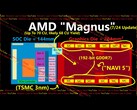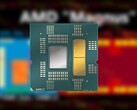There have been a lot of rumblings regarding the expected specs of the Sony PlayStation 6 and the next-gen Xbox. Most of the recent technical details about next-gen consoles that have leaked have come to us courtesy of Moore’s Law Is Dead. The leaker not only leaked the existence of the AMD Magnus APU that could power the next-gen Xbox, but also revealed the codenames for the AMD APUs powering the PS6 and the PS6 Handheld.
Moore’s Law Is Dead has now shared tons of details about the Sony PS6 and the PS6 handheld console. The details include the specs of the APUs powering these consoles, the release date of the PS6/PS6 handheld, and the expected performance. We will cover the Sony PS6 portable console in a different piece, as we are going to look at the specs of the PS6 here.
Sony PlayStation 6 specs
Starting with the specs of the Sony PlayStation 6, the “Orion” APU powering the console is reportedly chiplet-based and is likely 3 nm like the AMD Magnus APU. The CPU chiplet is said to carry 6x cores that could be Zen 6 or later. The iGPU is allegedly based on the RDNA 5 GPU architecture with 40-48 Compute Units and a 3 GHz+ boost clock.
For memory, MLID claims a 160 or 192-bit wide memory bus and 32 GT/s of GDDR7 VRAM. We’ve heard previously that the PS6 could feature 24 GB of RAM, a 50% increase compared to the PS5’s 16 GB GDDR6 memory buffer.
MLID also claims that Sony is placing a “heavy emphasis” on “cost constraints” and power consumption of the PS6. As such, the PS6 could use less power than the PlayStation 5 and could be priced much lower than the PS5 Pro (Available on Amazon).
Moreover, MLID reports that the Orion APU has a TBP of 160 W. This is lower than the base PS5, as, per TechpowerUp, the Oberon GPU inside the PS5 has a 180 W TDP, while the whole console, on average, demands more than 200 W while gaming.
Sony PlayStation 6 performance and release date
Even though the PS6’s Orion APU is said to have a lower TPD than the base PS5, MLID alleges that the PS6 is expected to offer 3x the rasterization performance of the base PS5. Ray tracing performance is expected to have an even bigger improvement. This should make it possible for PS6 to play PS5 and PS4 games at 4K/120 FPS, as the PS6 is reportedly fully backwards compatible with the PS5 and PS4 titles.
As for the release date, MLID reports that the serial production of the PS6 is planned for mid-2027 and the official launch will likely be scheduled for Fall 2027 or early 2028.
Finally, we need to end this by mentioning that MLID’s PS6 information is apparently from an AMD presentation to Sony from 2023. So, the console could’ve undergone significant changes in design since then. For instance, AMD might’ve managed to convince Sony to use the desktop RDNA 5 dies like AT3 or AT2, which could result in more than 48 CUs.
In other words, take the information presented here as super early, non-final, and highly likely to have missed a few things.



























